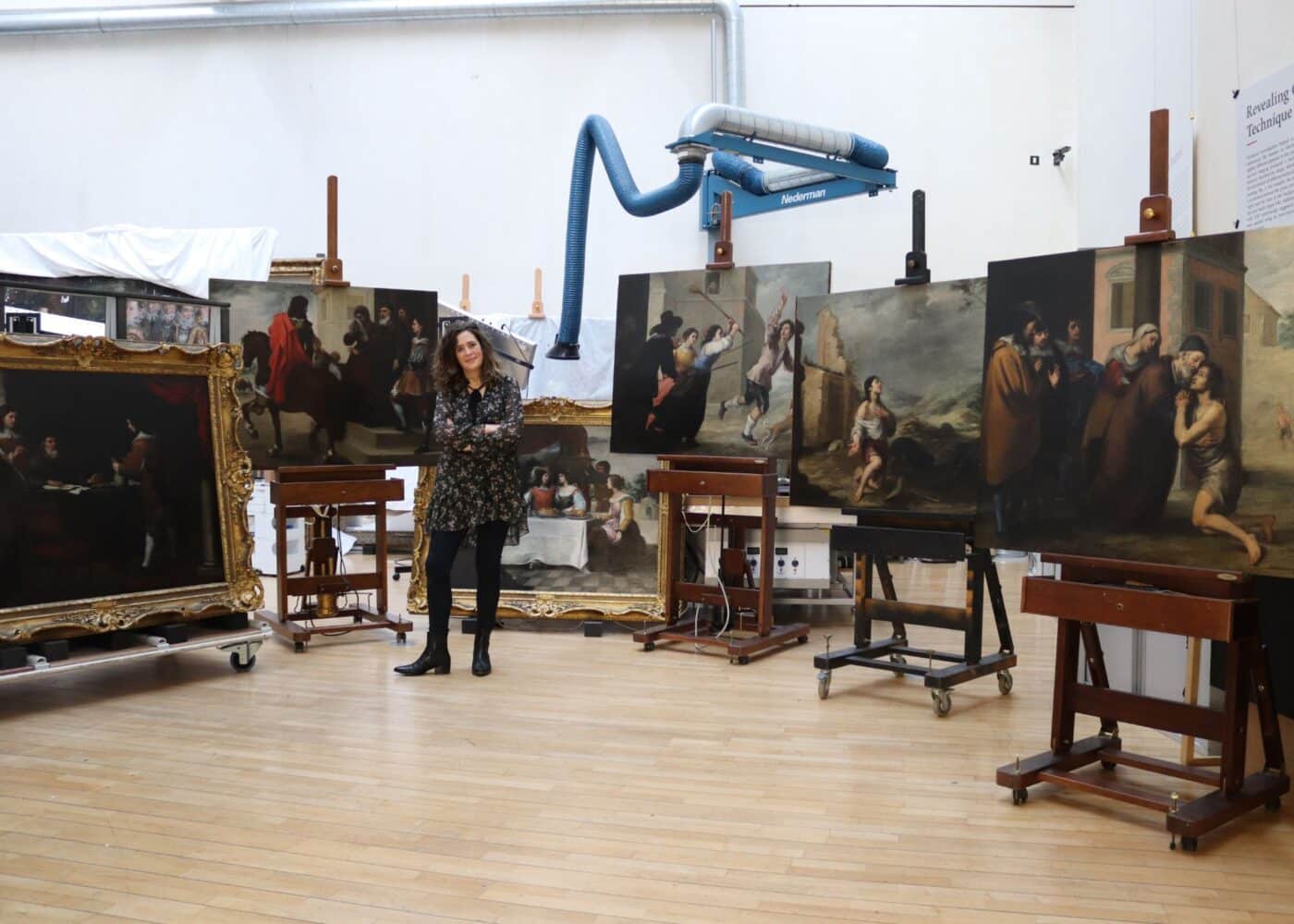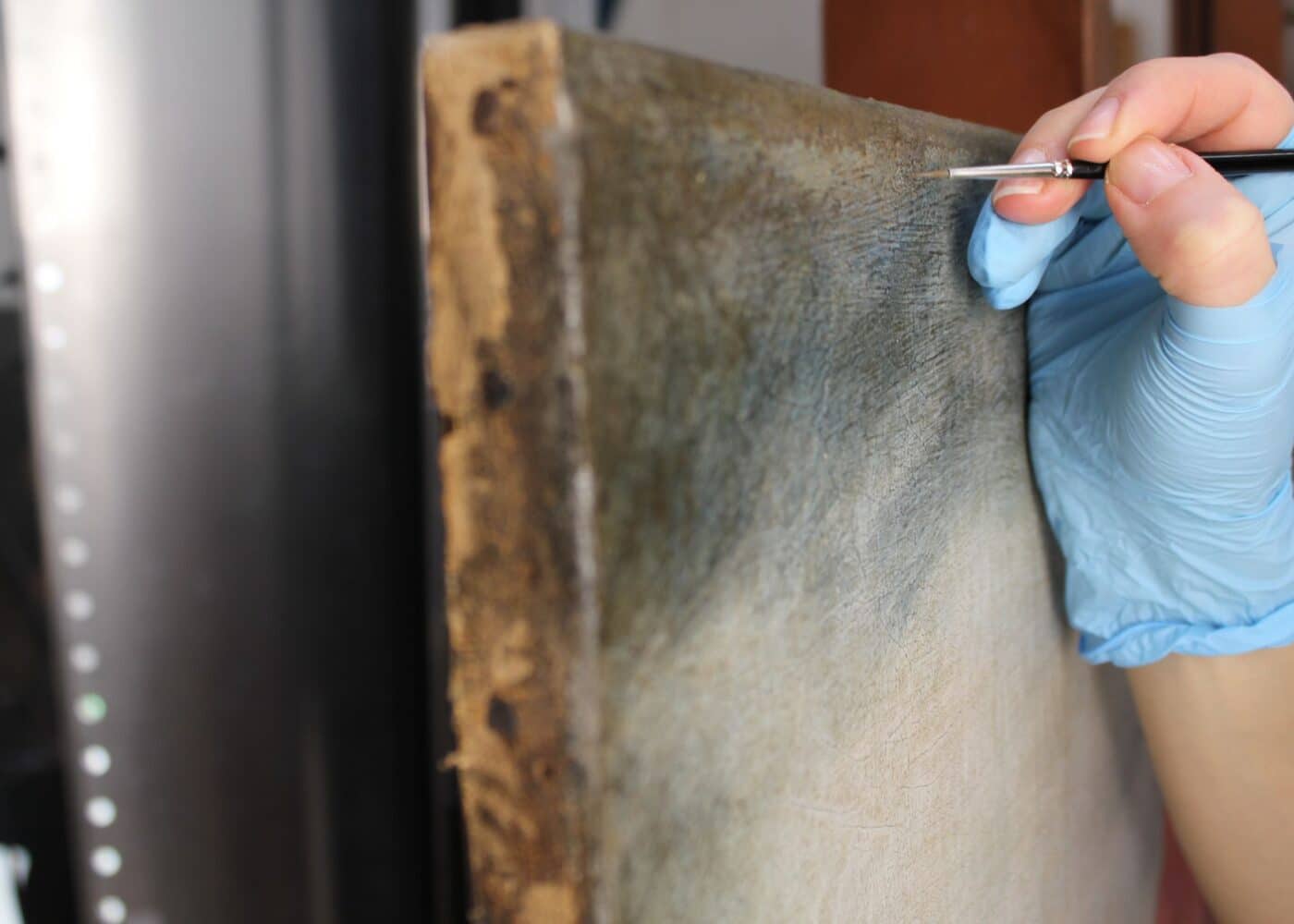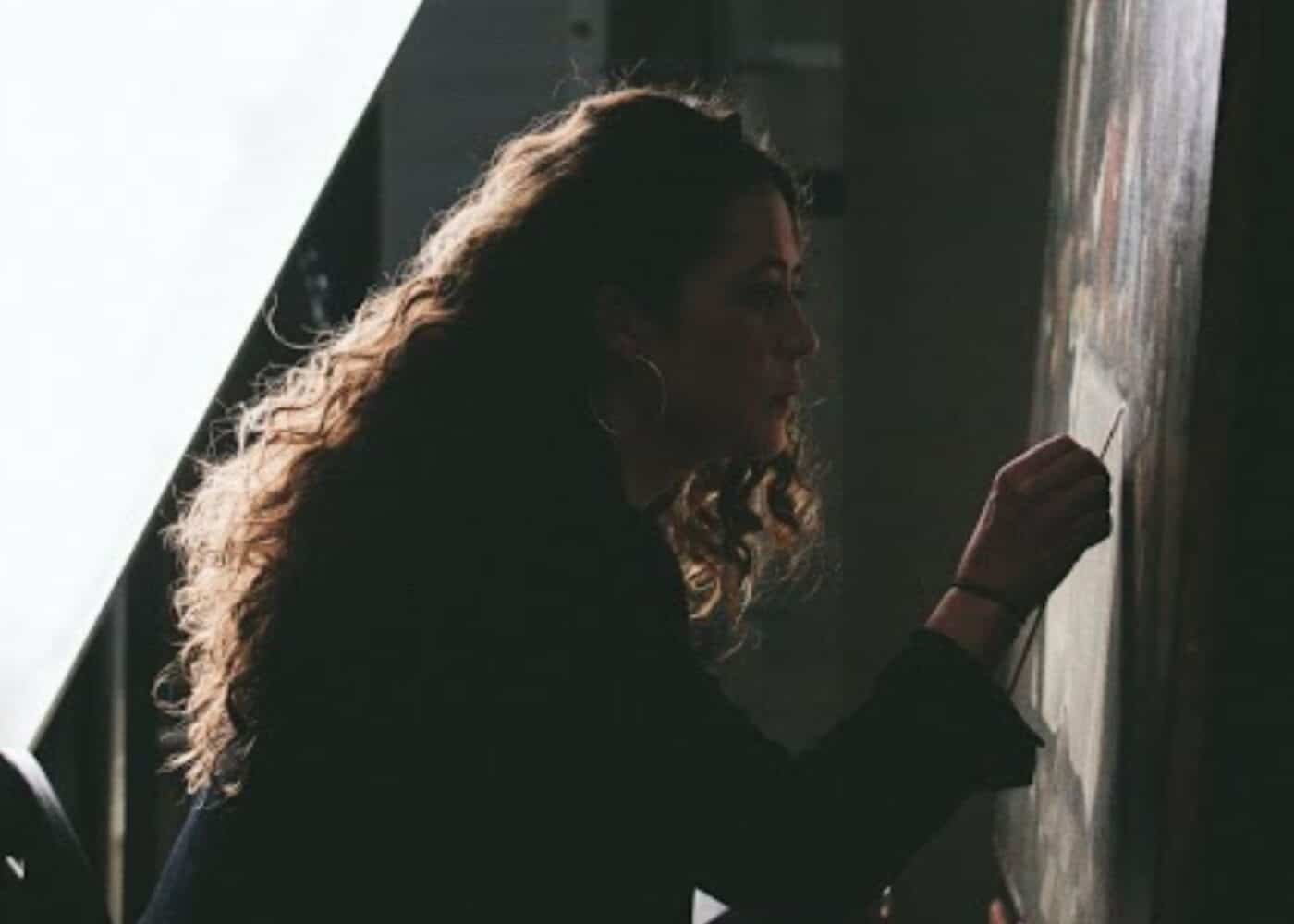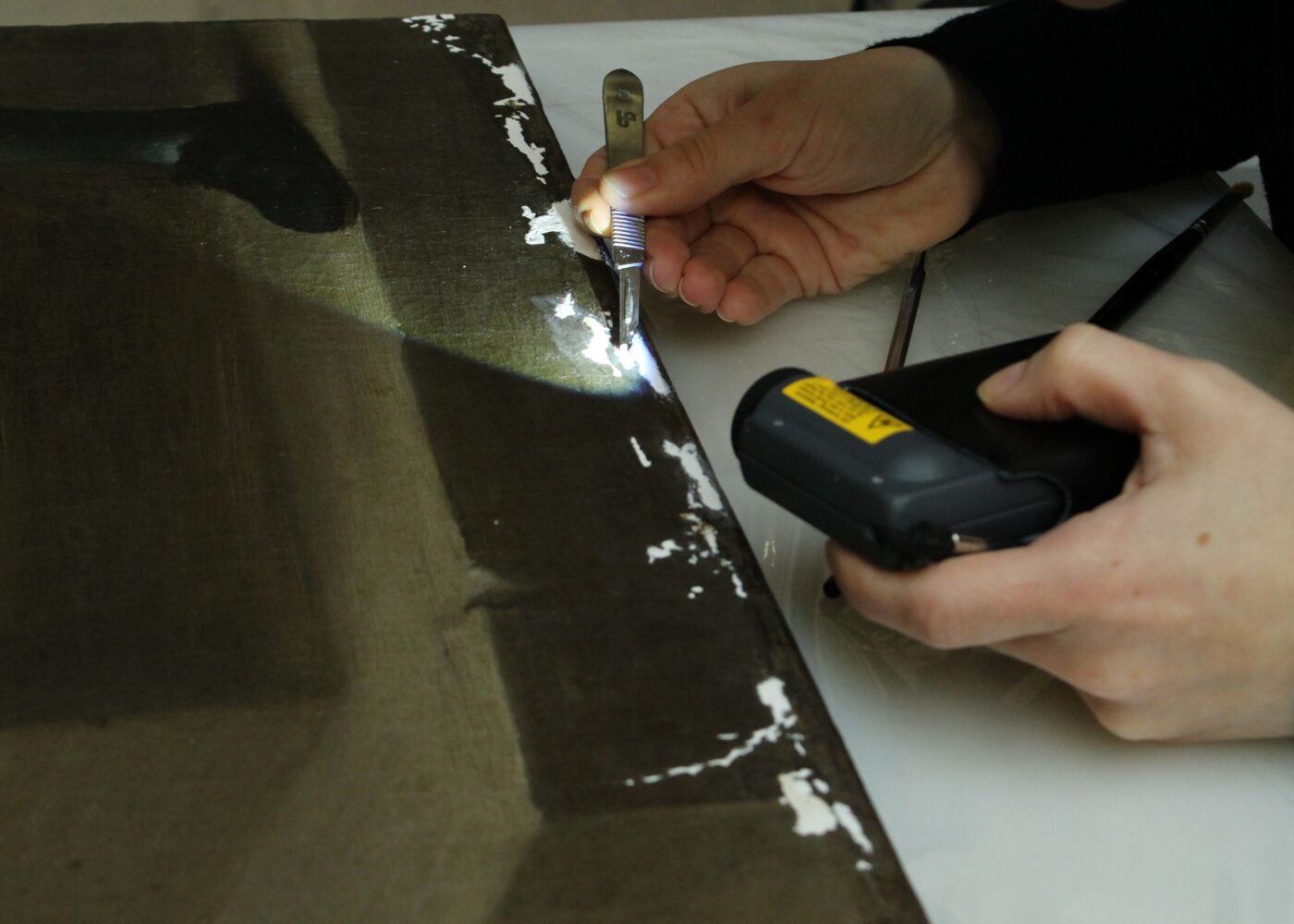The Conservation Journey of Murillo’s Prodigal Son Series – Over six years, the National Gallery of Ireland painstakingly restored Murillo’s Prodigal Son series, uncovering long-lost details and hidden stories beneath the surface. Now on display for the first time in three decades, the revitalised paintings invite audiences to experience Murillo’s artistry as he intended.

In 2012, the National Gallery of Ireland embarked on an ambitious conservation project: to restore Bartolomé Esteban Murillo’s renowned Prodigal Son series. Discoloured retouching, flaking paint, and aged varnish had obscured the Spanish master’s delicate modelling, dramatic lighting, and vibrant brushwork, reducing the emotional and visual impact of these once-powerful paintings.
Over six years, each painting underwent ten months of meticulous treatment, Murillo’s vibrant colours and dynamic brushwork. The restoration revitalised these works, allowing them to be appreciated as the artist intended. Now fully restored, the Prodigal Son series once again showcases the depth and beauty of Murillo’s storytelling – as the current exhibition explores.
Technical analysis on the paintings during conservation revealed secrets of their creation and the transformations they have gone through over time.
Uncovering Hidden Histories
For example, an X-radiograph of The Prodigal Son Feeding Swine revealed the layers beneath the surface, demonstrating that Murillo originally included a ruin which dominated the background of the composition, before later painting over it. Such a major compositional change was unusual for Murillo, who tended to plan his works carefully. He may have made this change to increase the sense of desolation in the landscape in which the prodigal realises the error of his ways. A drawing in a private collection with a similar building might relate to this initial composition.
After six years of meticulous conservation, Murillo's Prodigal Son series returns, revealing the master's original brilliance and inviting viewers to experience the depth of his storytelling anew.
Pigment analysis further revealed Murillo’s use of smalt, a cobalt-based blue pigment common in the 17th century, but prone to fading to greenish grey over time. This discolouration was especially visible in the skies, and its identification played a key role in interpreting the paintings’ original appearance.
Technical analysis during restoration uncovered hidden layers and pigment transformations, offering fresh insights into Murillo’s creative process and the historical journey of these masterpieces.
A Timeline of Conservation
-
Before 1850: The series undergoes its first recorded restoration. All six paintings are relined.
-
1971: Yellowed varnish and flaking paint prompt restoration by Matthew Moss. However, heavy overpainting diminishes Murillo’s original detail.
-
1990: Due to deteriorating condition, the series is removed from display.
-
2012: A full conservation project begins under the care of the National Gallery of Ireland’s Paintings Conservation team.
-
2013: Conservation scientists from the Museo del Prado contribute to technical research.
-
2014–2016: An international collaboration between the National Gallery of Ireland, the National Gallery (London), and the Museo del Prado explores best practices in Murillo restoration.
-
2018: Lead conservator Muirne Lydon completes the treatment, returning the paintings to their original clarity and beauty.
-
2020: The restoration of the original frames is completed, and the Prodigal Son series is exhibited together once more.
This restoration represents not only the recovery of six exceptional paintings but also a deepened understanding of Murillo’s methods, materials, and intentions. Through research, collaboration, and expertise, a once-lost masterpiece has been brought back to life, ready to be appreciated by a new generation of viewers.
See the Murillo Prodigal Son Returns as part of a Guided House Tour until May 31st – Book Here




